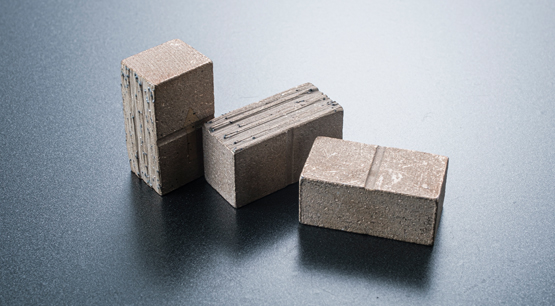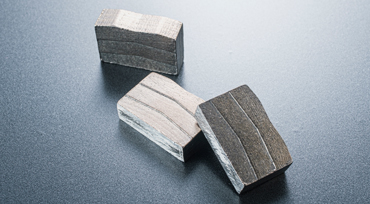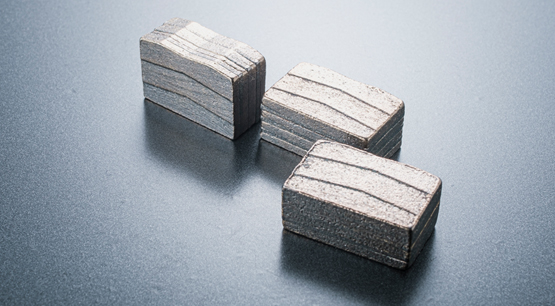Diamond segment, also known as diamond tips, is a machine that is welded to the saw blade and rotates at high speed to achieve the purpose of cutting hard materials. The main cutting objects are stone, reinforced concrete, asphalt, ceramic tiles and other materials. In order to produce diamond segments with better life and sharpness, people have continuously reformed the production process of synthetic diamonds, research and development and modification of segment formulas, through physics, metallurgy, and polymer science in recent decades. Through research in many disciplines, I have understood the five elements that need to be paid attention to in the production process of segments.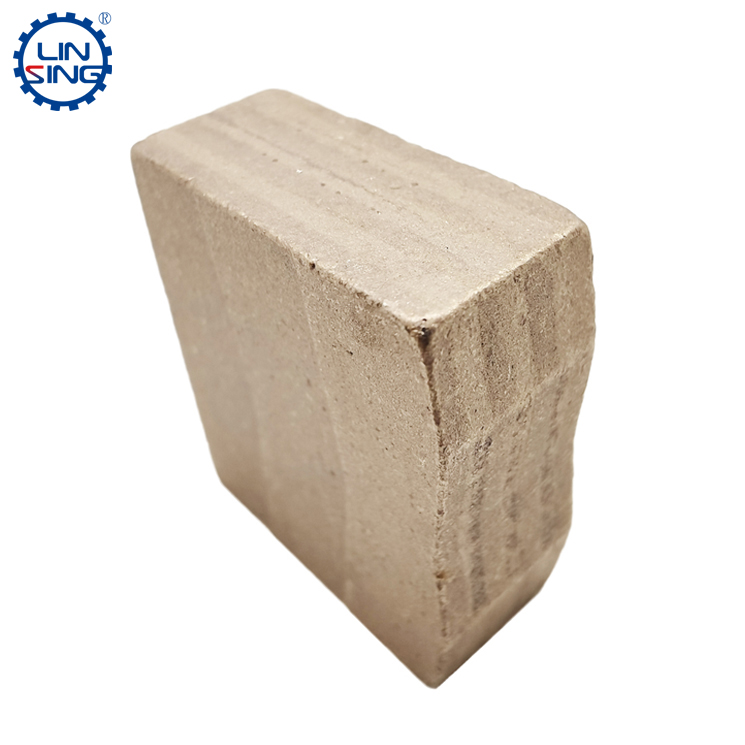
1. The choice of diamond grain size when the diamond grain size is coarse and single grain size, the saw blade tip is sharp and the sawing efficiency is high, but the bending strength of the diamond agglomerates is reduced. When the diamond particle size is fine or coarse and fine particle size is mixed, the saw blade bit has high durability, but the efficiency is low. Considering the above factors, it is more appropriate to choose a diamond particle size of 50/60 mesh.
2. Selection of diamond distribution concentration.Within a certain range, when the diamond concentration changes from low to high, the sharpness and cutting efficiency of the saw blade will gradually decrease, while the service life will gradually extend, But if the concentration is too high, the saw blade will become dull. However, with low concentration and coarse particle size, the efficiency will be improved. Utilize the different functions of each part of the cutter head during sawing, and use different concentrations (that is, the middle layer can use a lower concentration in a three-layer or more layer structure), The middle groove is formed on the cutter head during the knife process, which is beneficial to prevent the saw blade from swinging, thereby improving the quality of stone processing.
3. The choice of diamond strength.The strength of diamond is an important index to ensure cutting performance. Too high strength will make the crystals difficult to break, and the abrasive grains will be polished during use, and the sharpness will decrease, resulting in deterioration of tool performance; when the strength of diamond is not enough, it will break easily after being impacted and it is difficult to bear the heavy task of cutting. Therefore, the strength should be selected between 130 and 140N.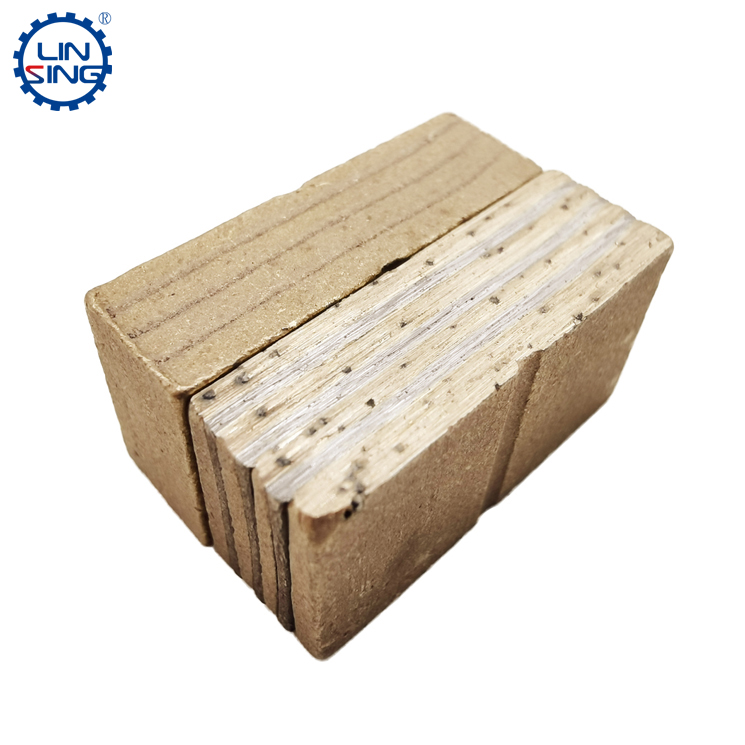
4. The choice of binder phase.The performance of the saw blade does not only depend on the diamond, but on the overall performance of the composite material of the segment formed by the proper cooperation of the diamond and the binder. For soft stone such as marble, the mechanical properties of the segment are required to be relatively low, and copper-based adhesives can be used. But the copper-based binder has low sintering temperature, low strength and hardness, high toughness, and low bonding strength with diamond, When tungsten carbide (WC) is added, WC or W2C is used as the framework metal, with an appropriate amount of cobalt to improve the strength, hardness and bonding characteristics, and a small amount of Cu, Sn, Zn and other metals with low melting point and low hardness are added for bonding Mutually. The particle size of the main ingredient should be finer than 200 mesh, and the particle size of the additive ingredient should be finer than 300 mesh.
5. Selection of sintering process.As the temperature increases, the densification degree of the carcass increases, and the bending strength also increases. With the extension of the holding time, the bending strength of the blank carcass and diamond segments first increases and then decreases. The sintering process at 800°C for 120s meets the performance requirements.

Diamond segment production process
Publish date:2022-07-13 14:56:49 Article From:Linsing Diamond Tools Clicks:



